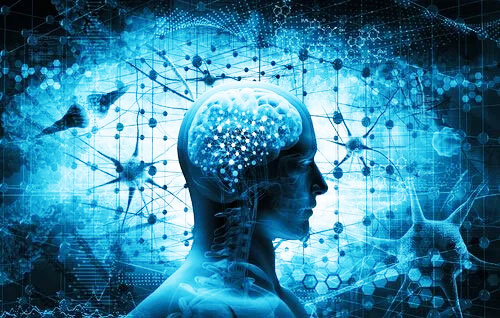How the Brain Works in Critical Situations
In critical situations, our brain activates a rapid response that sets in motion a series of behavioral and hormonal responses. Furthermore, this way of functioning is innate and differs from how the brain usually works.

Our brain is the organ with the most responsibility when it comes to bodily functions and behaviors. In many circumstances, our brain functions consciously and procedurally (setting in motion functions that we already learned, such as walking and talking). However, in critical situations when it detects a risk or threat, it works with other neural networks that are responsible for activating the survival system. Consequently, our brain is ready to take immediate action.
For instance, our system of neural networks functions as an alarm system and is responsible for making decisions under critical situations. This alarm system isn’t perfect and can sometimes push us to make wrong decisions. Below, we’ll tell you more about how the brain works in critical situations and also the consequences that the activation of our alarm system can have.
The limbic system and critical situations
The human brain has a neural system that’s responsible for emotional processes and responses related to fear and anxiety. We’re referring to the limbic system, which is located in the temporal lobe.
The limbic system contains a structure that’s specifically dedicated to the detection and processing of danger: the amygdala. This structure is connected to different areas of the brain and has the capacity to initiate rapid and intense behaviors.
All mammalian species have an innate fight or flight response when faced with dangerous stimuli. Moreover, this reaction is triggered by the amygdala.
The alarm reaction can be activated consciously when confronting serious danger or unconsciously through a cerebral shortcut.
Possible brain responses in critical situations
1. The brain in critical situations can send out the order to flee
Our brain won’t ask whether we think it’s appropriate to either flee or confront a situation. Therefore, an alarm response in moments of danger can worsen the situation because we make fast decisions without measuring their possible consequences. For example, when we run away to flee from danger.
Conversely, a critical situation can lead us to escape from perceived danger without detecting other dangers we’re going to have to face. For example, crossing a street without looking both ways.
2. Your brain can tell you to stay and fight the perceived danger
This is when a person confronts the threat in order to save their lives by eliminating it. When this sympathetic system is activated, this fight response increases blood adrenaline levels. Also, it generates an acute stress response that makes the muscles more resistant, the skin less sensitive, and the lungs acquire greater capacity. This all translates into greater strength.
3. Paralysis or perplexity
A person in danger loses their ability to react. Thus, they hide and aren’t able to do anything. As a response, paralysis expects the threat to simply go away. When this response activates, the person has no ability to activate their musculoskeletal system and, therefore, remains immobile.
As you can see, the brain has a survival system during critical situations that activates immediately and almost unconsciously. Furthermore, in a matter of milliseconds, our brain can lead us to respond in an inappropriate way to a certain situation. In fact, there are times when the alarm response magnifies the danger. This is why there are professionals that are dedicated to training people to know how to act during emergencies.
Consequences of the activation of the survival system
The safest immediate consequence of a critical situation is physical and emotional exhaustion. This extreme fatigue is the result of the wear and tear due to a dangerous situation and can last more than a day. Moreover, it can even linger after sleeping and resting. This happens because all of our neuronal and physical resources were focused on survival.
In addition to exhaustion, critical situations also leave their mark in our memory because the amygdala and the hippocampus (the structure responsible for storing new information and memories) work together.
In this regard, the amygdala activates the hippocampus to make new memories. For this reason, most people never tend to forget traumatic situations.
Post-traumatic stress disorder
Similarly, another possible consequence of this activation is PTSD (post-traumatic stress disorder). This mental health condition manifests after intense physical and emotional activation.
However, PTSD doesn’t always manifest after a critical situation.
PTSD requires specialized psychological therapy due to its characteristic flashbacks of events, which lead to moments of great sadness and the perception of a constant threat in the near environment.
Finally, it’s important to remember that the brain can learn to respond more adaptively to critical or dangerous situations. Training, emergency action protocols, and self-defense strategies are key elements that can help us improve our survival response.
yogaesoteric
February 20, 2020


